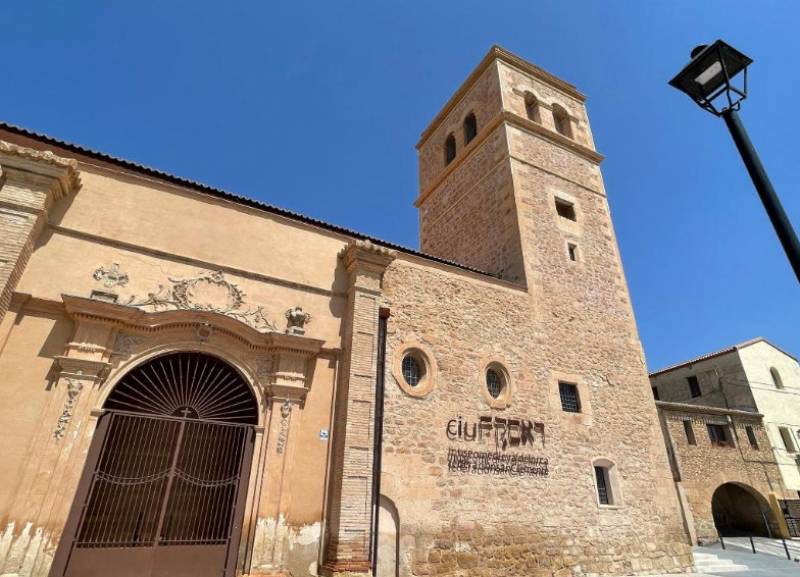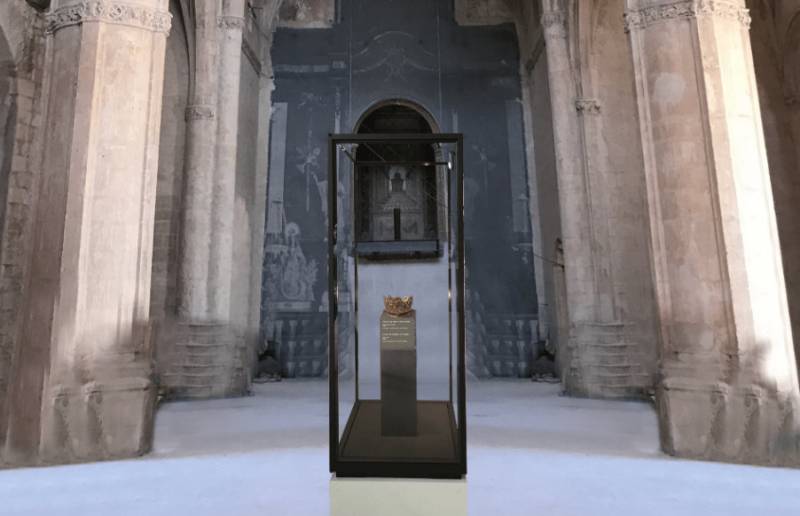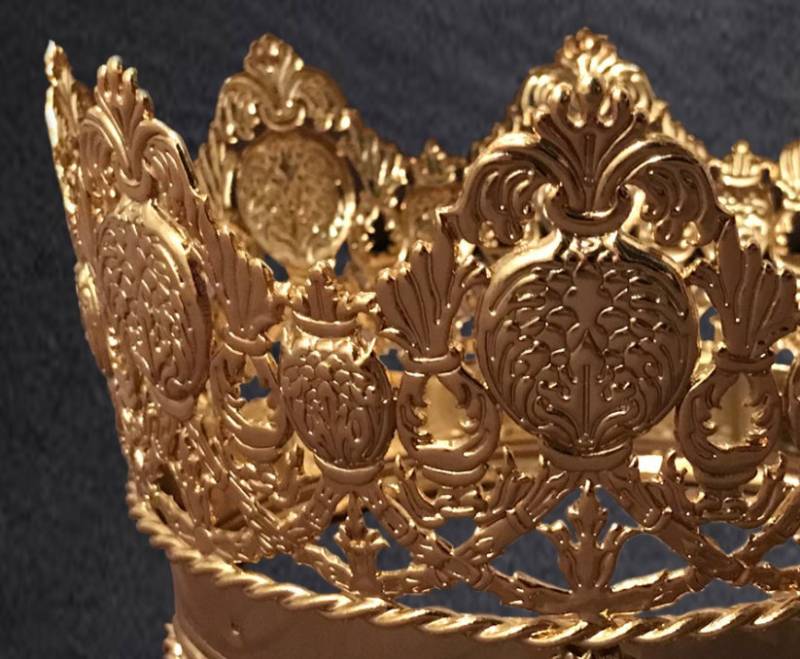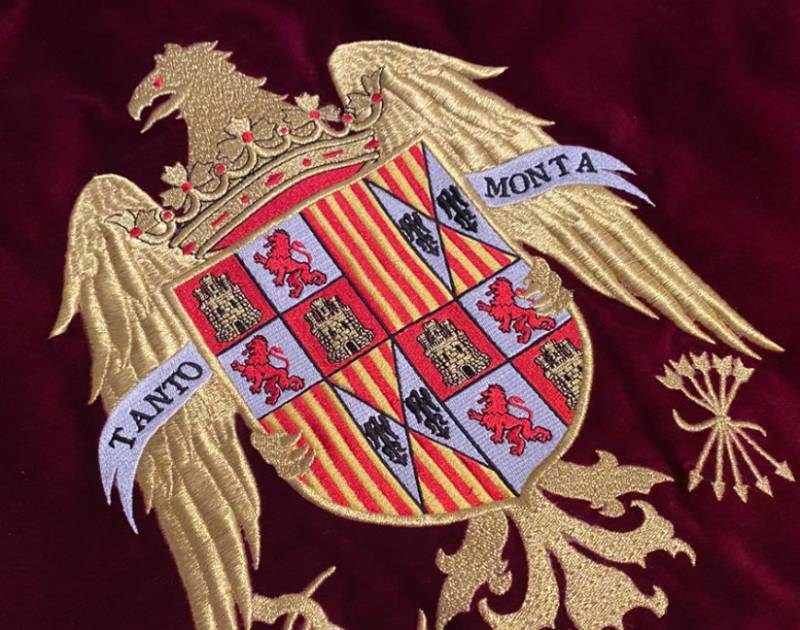- Region
- Águilas
- Alhama de Murcia
- Jumilla
- Lorca
- Los Alcázares
- Mazarrón
- San Javier
-
ALL AREAS & TOWNS
- AREAS
- SOUTH WEST
- MAR MENOR
- MURCIA CITY & CENTRAL
- NORTH & NORTH WEST
- TOWNS
- Abanilla
- Abarán
- Aguilas
- Alamillo
- Alcantarilla
- Aledo
- Alhama de Murcia
- Archena
- Balsicas
- Blanca
- Bolnuevo
- Bullas
- Cañadas del Romero
- Cabo de Palos
- Calasparra
- Camping Bolnuevo
- Campo De Ricote
- Camposol
- Canada De La Lena
- Caravaca de la Cruz
- Cartagena
- Cehegin
- Ceuti
- Cieza
- Condado de Alhama
- Corvera
- Costa Cálida
- Cuevas De Almanzora
- Cuevas de Reyllo
- El Carmoli
- El Mojon
- El Molino (Puerto Lumbreras)
- El Pareton / Cantareros
- El Raso
- El Valle Golf Resort
- Fortuna
- Fuente Alamo
- Hacienda del Alamo Golf Resort
- Hacienda Riquelme Golf Resort
- Isla Plana
- Islas Menores & Mar de Cristal
- Jumilla
- La Azohia
- La Charca
- La Manga Club
- La Manga del Mar Menor
- La Pinilla
- La Puebla
- La Torre
- La Torre Golf Resort
- La Unión
- Las Palas
- Las Ramblas
- Las Ramblas Golf
- Las Torres de Cotillas
- Leiva
- Librilla
- Lo Pagan
- Lo Santiago
- Lorca
- Lorquí
- Los Alcázares
- Los Balcones
- Los Belones
- Los Canovas
- Los Nietos
- Los Perez (Tallante)
- Los Urrutias
- Los Ventorrillos
- Mar De Cristal
- Mar Menor
- Mar Menor Golf Resort
- Mazarrón
- Mazarrón Country Club
- Molina de Segura
- Moratalla
- Mula
- Murcia City
- Murcia Property
- Pareton
- Peraleja Golf Resort
- Perin
- Pilar de la Horadada
- Pinar de Campoverde
- Pinoso
- Playa Honda
- Playa Honda / Playa Paraíso
- Pliego
- Portmán
- Pozo Estrecho
- Puerto de Mazarrón
- Puerto Lumbreras
- Puntas De Calnegre
- Region of Murcia
- Ricote
- Roda Golf Resort
- Roldan
- Roldan and Lo Ferro
- San Javier
- San Pedro del Pinatar
- Santiago de la Ribera
- Sierra Espuña
- Sucina
- Tallante
- Terrazas de la Torre Golf Resort
- Torre Pacheco
- Totana
- What's On Weekly Bulletin
- Yecla


- EDITIONS:
 Spanish News Today
Spanish News Today
 Alicante Today
Alicante Today
 Andalucia Today
Andalucia Today
The CiuFRONT medieval museum in Lorca
The CiuFRONT is housed in the old church of Santa María la Mayor in Lorca
The church of Santa María La Mayor
 The church of Santa María la Mayor in Lorca is one of the oldest still standing in the city, and to understand the location and circumstances in which it was built it is necessary to go back to the 13th century, when the territory now known as the Region of Murcia was conquered by Christian forces of the Kingdom of Castilla after 5 centuries of Moorish rule (click here for more on the history of Lorca).
The church of Santa María la Mayor in Lorca is one of the oldest still standing in the city, and to understand the location and circumstances in which it was built it is necessary to go back to the 13th century, when the territory now known as the Region of Murcia was conquered by Christian forces of the Kingdom of Castilla after 5 centuries of Moorish rule (click here for more on the history of Lorca).
At that point, in 1244, Murcia became a frontier kingdom as the Nazarid Moors still occupied what is now known as Andalucía, their most important city being Granada. This situation prevailed for well over 200 years and Lorca, due to its location in the south-west of Murcia, was very much a frontier settlement, with military considerations being far more important than architectural splendour. For this reason, the most important building in the city was the castle, and the city itself grew within the heavily fortified walls which protected the southern face of the hilltop below the “Fortaleza del Sol” (Fortress of the Sun).
But in the late 15th century, things began to change. Castilian forces began to advance towards Granada (leading to the eventual expulsion of the Moors in 1492) and this meant that Lorca was no longer on the front line: this in turn completely altered the dynamics of the city and the kind of building which was undertaken.
So, for the first time, Lorca developed an architectural and artistic style, and the Gothic tendencies of the time are reflected in the original church of Santa María la Mayor, which was one of around 2,000 founded by King Jaime I of Aragón and was probably built on top of the remains of a former mosque. It had become customary to dedicate churches in such locations either to the Virgin Mary or to San Salvador, and it is even possible that in the years before Moorish rule began in 713 AD the same site had been used for early Christian worship.
 The location is on the higher ground of the city, at the eastern ned of the land within the old defensive walls, and although details regarding its date of construction are few and far between there is a plaque in the main tower bearing an inscription showing the year 1577. Inside the building, the main features accumulated over the years included a statue of the Virgin Mary and a “Resucitado” by Roque López which was acquired in 1801.
The location is on the higher ground of the city, at the eastern ned of the land within the old defensive walls, and although details regarding its date of construction are few and far between there is a plaque in the main tower bearing an inscription showing the year 1577. Inside the building, the main features accumulated over the years included a statue of the Virgin Mary and a “Resucitado” by Roque López which was acquired in 1801.
This was probably the most important church in Lorca until the completion of San Patricio in the city centre, but it was abandoned during the Spanish Civil War (1936-39) and it was not until 2017 that work started to reconstruct it and put it to municipal use as a museum. This reconstruction made use of much of the original late 15th-century structure, and it is used as a museum of the Middle Ages, recalling the era when Moors, Christians and Jews all lived together in the Iberian Peninsula prior to the expulsion of Moors and Christians by the Catholic Monarchs in 1492.
THE ciuFRONT MUSEUM
 The five main collections on display in the museum are the following:
The five main collections on display in the museum are the following:
The Clemente I collection
Named after Pope Clement I, the patron saint of Lorca, this group of items commemorates the 1st-century Pope and Martyr in his role as protector of the city. The most important object is the “iuris pontificii” embroidered in silk and gold thread, as is the tradition in Lorca.
The metals collection
The collection of goldsmithing and metalwork contains a number of replicas of objects commissioned by the Castilian monarchs between 1244 and 1488 as well as exquisite silverwork from the Berber and Islamic cultures dating from the 8th to the 15th century. Arguably the star of the show is the crown of King Alfonso X.
The flags and standards collection
This part of the display covers the historical period between 713 and 1488 and includes numerous royal and holy standards, many decorated with gold thread and/or pearls.
The clothing collection
There are 258 items in this collection, including outfits and uniforms worn by various important historical figures and those which are worn every November in the celebrations of the Fiestas de San Clemente. Again, the collection reflects Moslem, Christian and Jewish cultures, with those belonging to the Jewish culture being the most varied as they strove to please the different rulers of the time.
 Pictures, drawings and designs
Pictures, drawings and designs
All of the items in this collection have been acquired by the Federación San Clemente.
PRACTICALITIES
Location: Plaza del Patrón San Clemente, 1, Lorca, Murcia (click for map)
Telephone: 968 133996
The museum has no fixed opening hours, except when special tours are held, for example during the Fiestas de San Clemente in November.
For most of the rest of the year prior reservations are required on 968 441914 or by email at lorcaturismo@lorca.es. The times offered are weekdays 10.00 to 18.30 and weekends 10.00 to 14.00.
Groups are accepted up to a maximum size of 20 people.
Guides can be made available speaking Spanish, English or French.
Parking
There is no specific car park for the ciuFRONT museum. One space is reserved outside for those of limited mobility.
Accessibility
The museum in the former church of Santa María la Mayor has been made completely accessible except the tower and the cimarin chapel. Elsewhere there are lifts, ramps and platforms throughout the space which is opened to the public.
For more local visiting information as well as news and events please go to the home page of Lorca Today.







